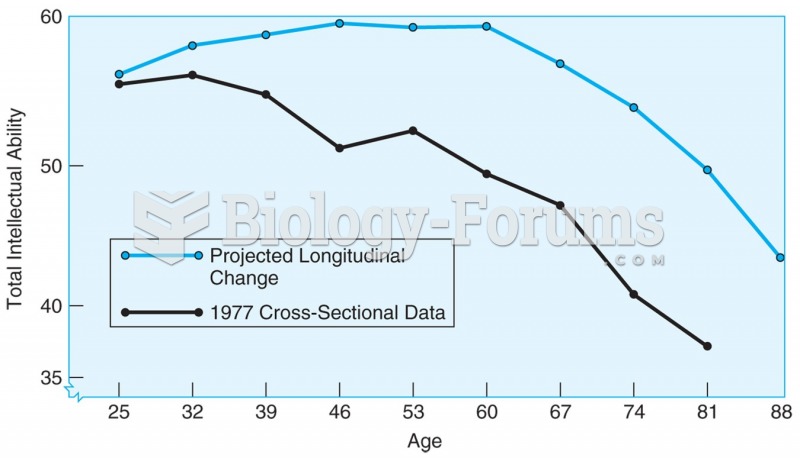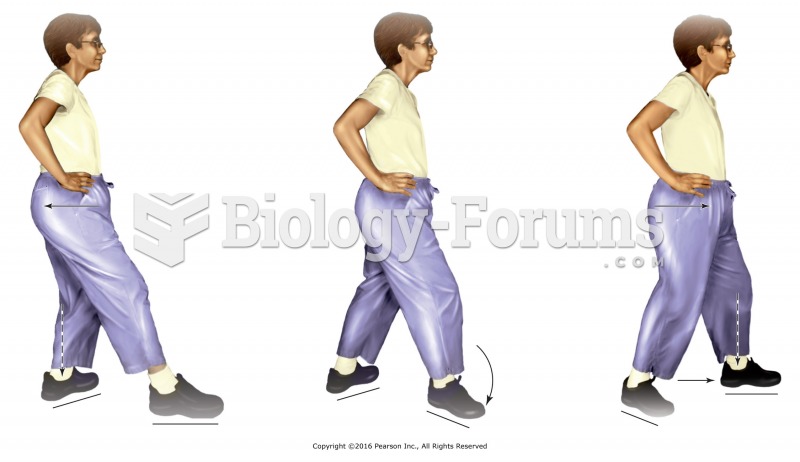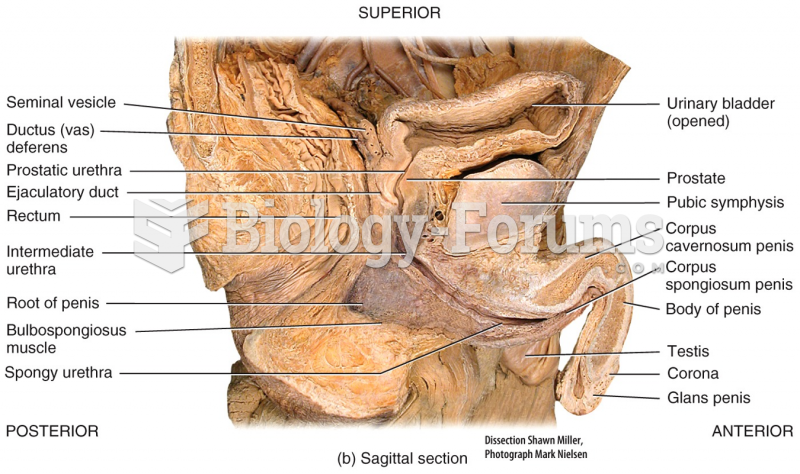|
|
|
Did you know?
Recent studies have shown that the number of medication errors increases in relation to the number of orders that are verified per pharmacist, per work shift.
Did you know?
Drugs are in development that may cure asthma and hay fever once and for all. They target leukotrienes, which are known to cause tightening of the air passages in the lungs and increase mucus productions in nasal passages.
Did you know?
In most cases, kidneys can recover from almost complete loss of function, such as in acute kidney (renal) failure.
Did you know?
There are approximately 3 million unintended pregnancies in the United States each year.
Did you know?
Everyone has one nostril that is larger than the other.
 Immunization with a vaccine. A healthcare professional is injecting a vaccine into the patient’s arm
Immunization with a vaccine. A healthcare professional is injecting a vaccine into the patient’s arm
 Age-standardized disability-adjusted life year (DALY) rates from hepatitis B by country (per 100 000 ...
Age-standardized disability-adjusted life year (DALY) rates from hepatitis B by country (per 100 000 ...





